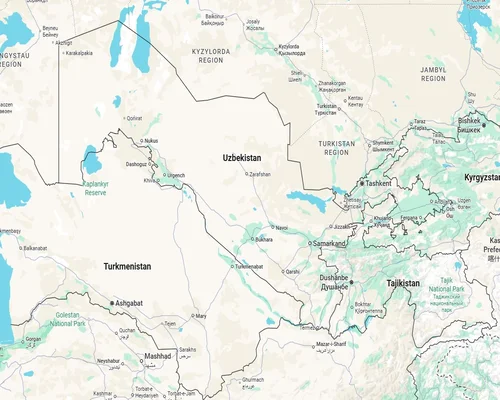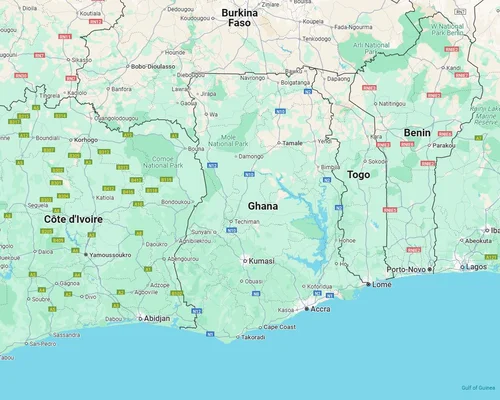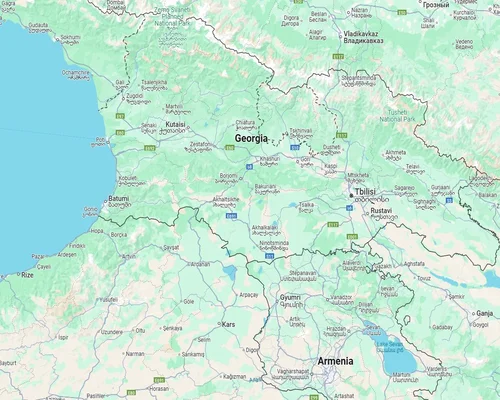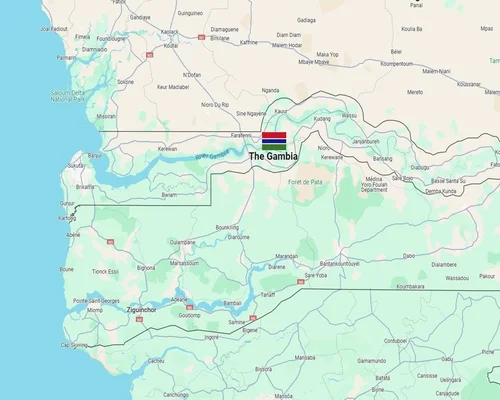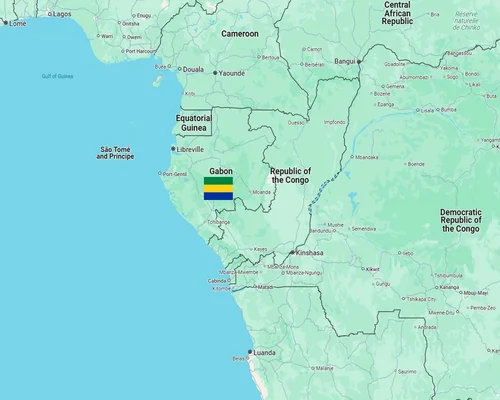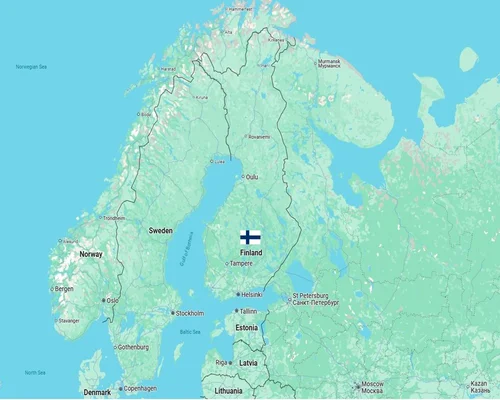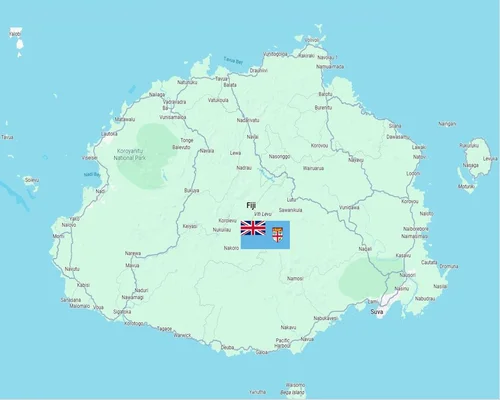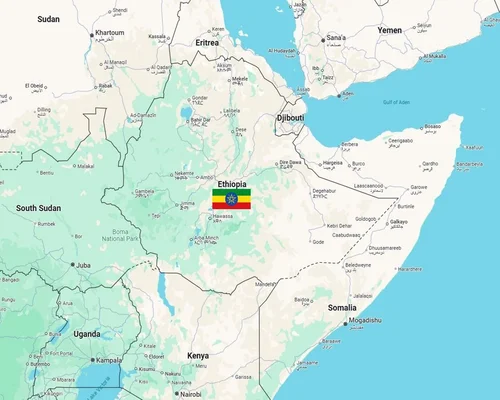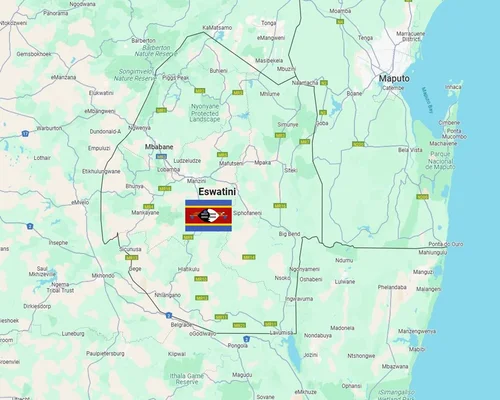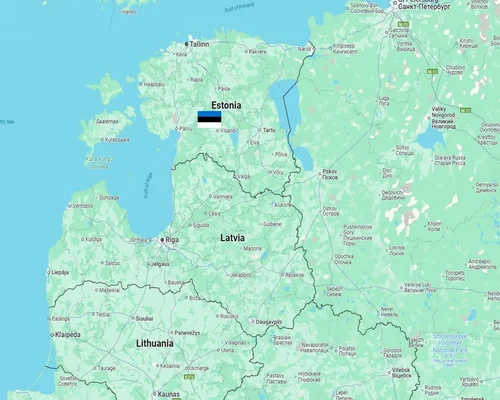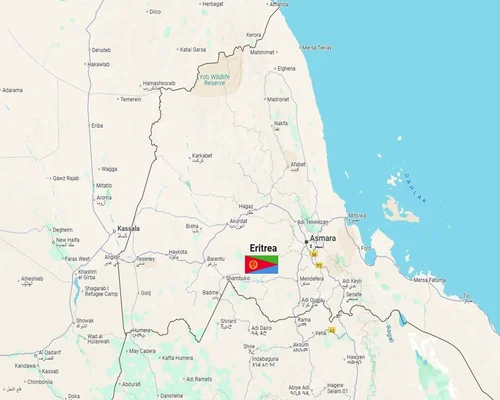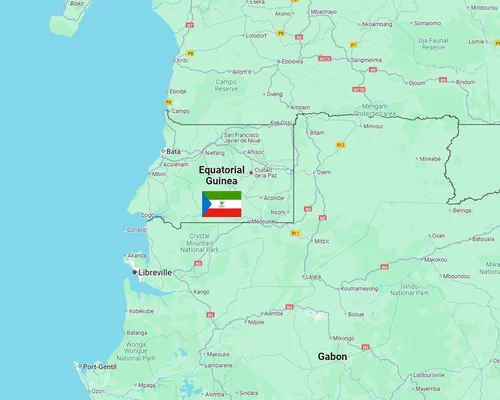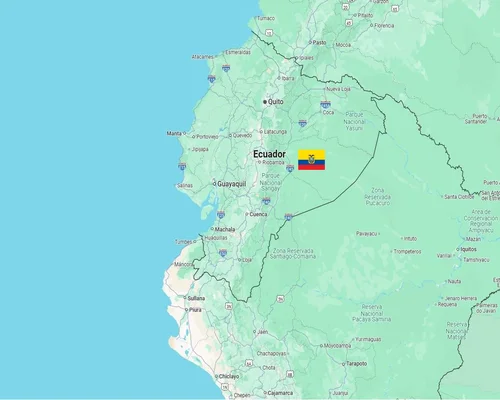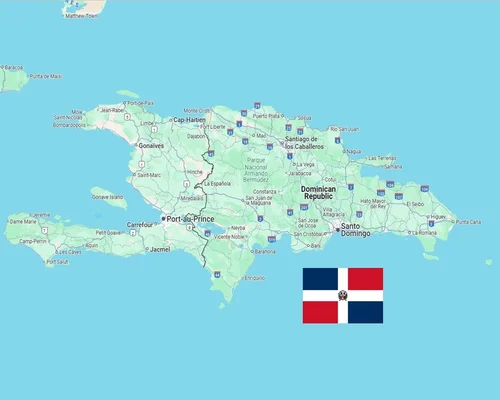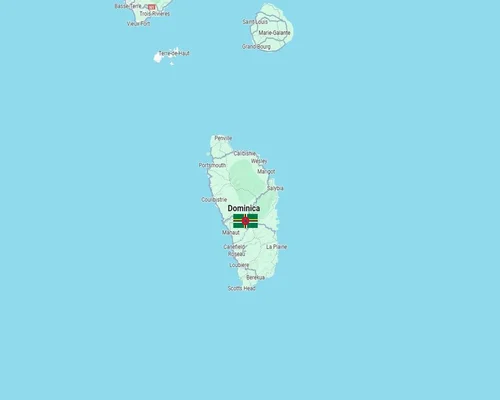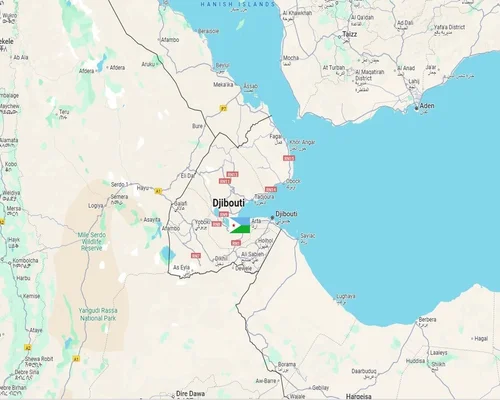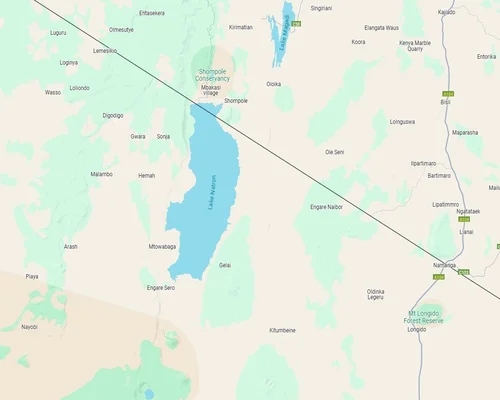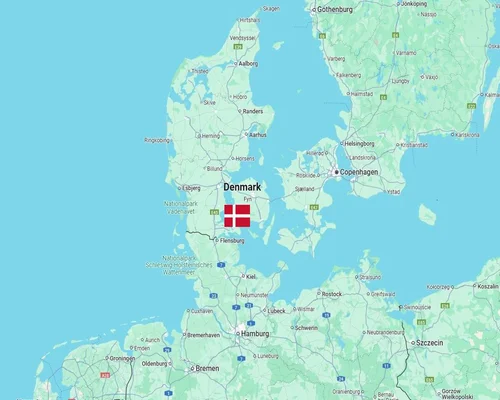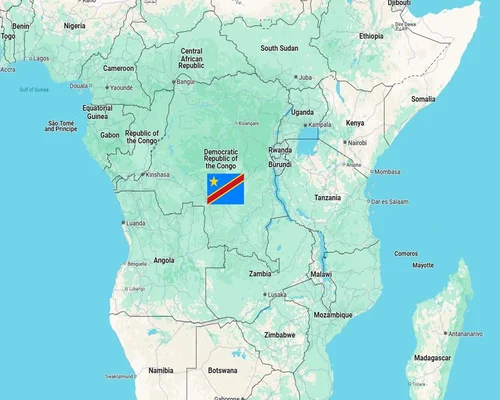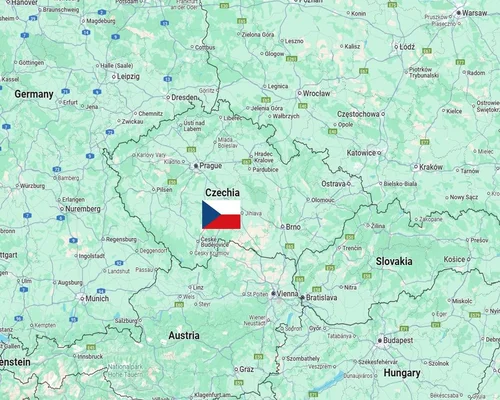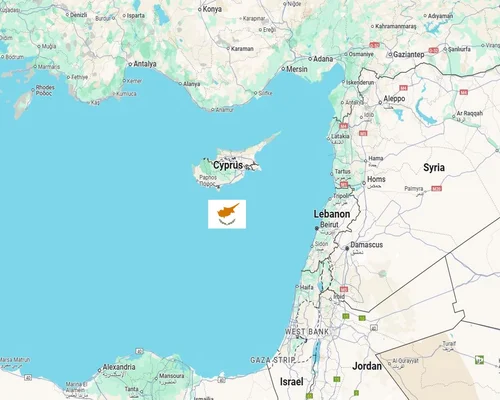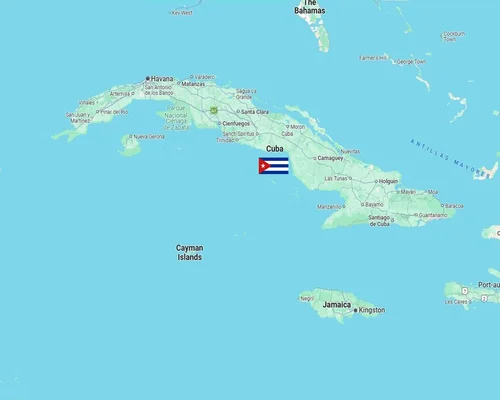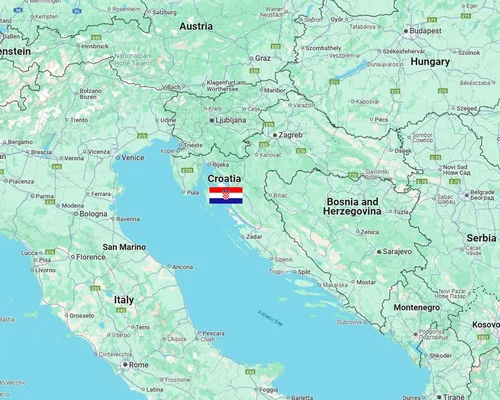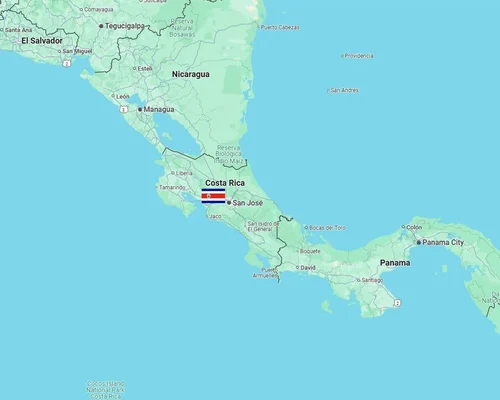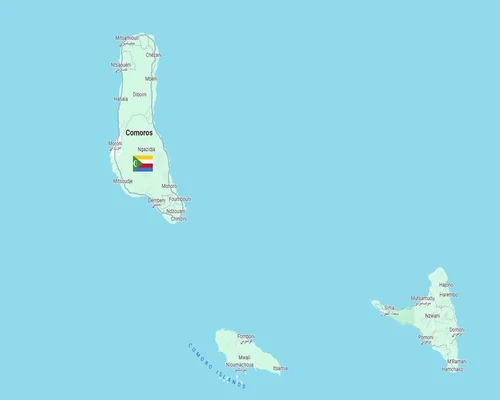
Fact About Earth
Fact About Earth
Earth is the third planet from the Sun and the only place for human habitation. It is the fifth largest planet in the Solar System and is particularly known for its unique balance of land and water in terms of size and mass.
Important facts about Earth:
1. Structure and shape
Shape: Spherical, but slightly depressed at the poles and slightly elevated at the equator. Such a shape is called an oblate spheroid.
Different dimensions:
Diameter (radius): About 12,742 km.
Total surface area: 510.1 million sq km.
71% of Earth surface is water (oceans, seas, lakes) and 29% is land.
2. Position and speed
Average distance from the Sun: about 149.6 million km (1 astronomical unit or AU).
Rotation of Earth:
It takes 24 hours (one day) to complete one revolution around its axis.
Circling the Sun:
It takes about 365.25 days (one year) to go around the Sun once.
3. Natural satellites
Moon: Earth only natural satellite. It takes about 27.3 days to orbit the Earth.
4. Geological layer
The structural layers of the earth are:
Crust: The outermost solid layer.
Mantle: It consists of both liquid and solid elements.
Core: Divided into two parts:
Outer core: Liquid, mainly iron and nickel.
Inner core: Solid and temperature around 5,000°C.
5. Atmosphere
Earth atmosphere is suitable for humans and consists of several layers:
Troposphere: Where weather is formed.
Stratosphere: Where the ozone layer is located.
Mesosphere: Meteorites usually burn up in this layer.
Thermosphere: Where the aurora (aurora borealis) occurs.
Exosphere: Outermost layer.
Main Ingredients:
Nitrogen: 78%
Oxygen: 21%
Other Gases (Argon, Carbon Dioxide): 1%
6. Climate and temperature
Earth average temperature is about 15°C.
Different regions of the world experience different climates:
Tropical: Warm and humid.
Pole: Cold.
Mid latitudes: Four seasons change.
7. Presence of life
Earth is the only planet where life exists.
Various species of animals, plants and microorganisms live here.
The presence of potable water, oxygen, and suitable temperature is crucial for the existence of life.
8. Magnetic field
The Earth magnetic field protects the Earth from the harmful rays of the solar wind.
Aurora Borealis & Aurora Australis are seen due to this magnetic field.
9. Natural disaster
Natural disasters in the world occur due to various reasons:
Earthquake
Floods and tsunamis
Cyclones and Tornadoes
drought and flood
10. Important facts
Age of Earth: Approximately 4.54 billion years.
Population: About 8 billion (as of 2024).
Different Continents: Earth has 7 continents – Asia, Africa, North America, South America, Antarctica, Europe and Australia.
Conclusion
Earth is our only habitat, where life has evolved and survived. It is our responsibility to protect the environment and maintain the natural balance of the earth.

